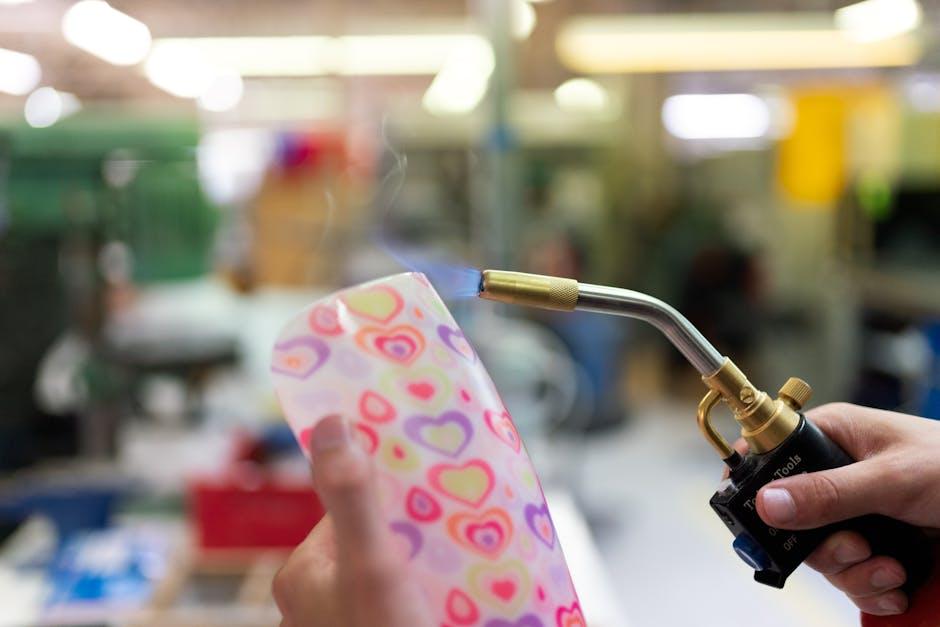In an era where connectivity is as essential as the air we breathe, the phone in our hand carries more than just calls and messages-it carries a footprint. Behind the sleek screens and seamless designs lies a complex web of resources and energy, often at odds with the planet’s delicate balance. Yet, innovation is breathing new life into this industry, turning the tide toward sustainability. Eco-friendly phone manufacturing is no longer a distant ideal but a blossoming reality, where cutting-edge technology meets environmental responsibility. This article explores the inventive strides companies are making to reduce waste, lower emissions, and revolutionize the way our indispensable devices come to life.
Sustainable Materials Transforming Smartphone Production

The smartphone industry is undergoing a remarkable transformation with the adoption of innovative sustainable materials that drastically reduce environmental footprints. Manufacturers are shifting from traditional plastics and rare metals to alternatives such as bamboo composites, recycled aluminum, and bioplastics derived from plant-based sources. These materials not only minimize waste but also enhance durability and recyclability, allowing phones to be both high-performing and eco-conscious. Additionally, advances in mycelium-based packaging replace single-use plastics, creating a full-circle approach to sustainability from production to delivery.
Beyond materials themselves, companies are focusing on innovative supply chain methods that emphasize circular design principles. Components are engineered to be easily disassembled, promoting refurbishment and reuse. Here’s a glance at key materials driving the change:
- Recycled metals: Up to 80% less carbon footprint compared to virgin metals
- Plant-based polymers: Biodegradable and sourced from renewable crops
- Natural fiber composites: Offering strength while being lightweight and sustainable
Energy-Efficient Technologies Reducing Manufacturing Carbon Footprint

In recent years, manufacturers have embraced a range of cutting-edge energy-saving technologies that are reshaping how mobile phones are produced. By integrating smart automation systems and optimizing power usage across every production stage, factories are slashing energy consumption drastically. Key innovations include:
- Induction heating: Precision heating with minimal energy waste accelerates component assembly.
- Regenerative braking in conveyor systems: Energy that would otherwise be lost is captured and reused to power other factory equipment.
- Advanced LED lighting: Customized lighting solutions reduce electricity demand without compromising work quality.
These technologies contribute not only to less energy demand but also to a significant decrease in carbon emissions. Many facilities track their improvements using detailed energy auditing tools, ensuring that environmental benefits are measurable and sustainable. The following table highlights typical energy consumption reductions achieved through these innovations:
| Technology | Energy Reduction (%) | Impact on Carbon Footprint |
|---|---|---|
| Induction Heating | 25% | Moderate |
| Regenerative Braking | 18% | Significant |
| Advanced LED Lighting | 30% | High |
Innovative Recycling Processes for Circular Phone Economies

As the phone industry moves toward sustainability, new recycling methods are revolutionizing how materials are recovered and reused. Advanced chemical recycling breaks down old devices into pure raw elements, enabling manufacturers to craft components virtually indistinguishable from new. Simultaneously, mechanical recycling focuses on precision disassembly powered by AI-driven robotics, dramatically increasing the recovery rate of precious metals such as gold, silver, and rare earth elements. These technologies emphasize a closed-loop system where waste is minimized and every material finds a new purpose.
Key innovations transforming the recycling landscape include:
- Bioleaching techniques that extract metals using environmentally friendly microbes
- Modular device designs that expedite component separation and repair
- Smart sorting facilities utilizing machine vision to enhance material purity
| Recycling Method | Material Recovery Rate | Environmental Impact |
|---|---|---|
| Chemical Recycling | 95% | Low emissions |
| Mechanical Recycling | 85% | Moderate energy use |
| Bioleaching | 70% | Eco-friendly |
These cutting-edge processes not only extend the lifecycle of valuable materials but also drive circular economies where phones evolve from single-use products into perpetual resource hubs. By embedding recyclability into the very design and dismantling phases, manufacturers uphold both economic and environmental value, shaping a future where innovation and sustainability coexist seamlessly.
Best Practices for Manufacturers Committed to Eco-Friendly Development

Manufacturers aiming to reduce their environmental footprint must prioritize materials innovation and supply chain transparency. Utilizing biodegradable or recycled materials for phone casings and components minimizes waste and pollution. Coupled with closed-loop recycling systems, these practices significantly decrease reliance on virgin resources. Embracing renewable energy sources in production facilities also plays a crucial role, reducing carbon emissions and fostering a more sustainable manufacturing cycle.
Collaboration across the industry is another cornerstone for effective eco-friendly development. Establishing clear guidelines for energy-efficient design and creating standardized benchmarks for sustainability facilitate innovation while maintaining accountability. Below is a simple overview of key practice areas:
| Practice | Benefit | Example |
|---|---|---|
| Use of Recycled Plastics | Reduces landfill waste | Phone shells from ocean plastics |
| Renewable Energy in Manufacturing | Lowers carbon footprint | Solar-powered assembly plants |
| Modular Design | Extends product lifespan | Easy parts replacement |
The Conclusion
As the hum of innovation continues to echo through the corridors of the tech world, eco-friendly phone manufacturing stands as a testament to humanity’s capacity for thoughtful progress. These green breakthroughs remind us that cutting-edge technology and environmental responsibility need not be opposing forces, but rather harmonious partners shaping a sustainable future. As consumers and creators alike, embracing these innovations invites us all to hold the power of connection-through our devices and our choices-with a gentler hand on the planet we call home.














